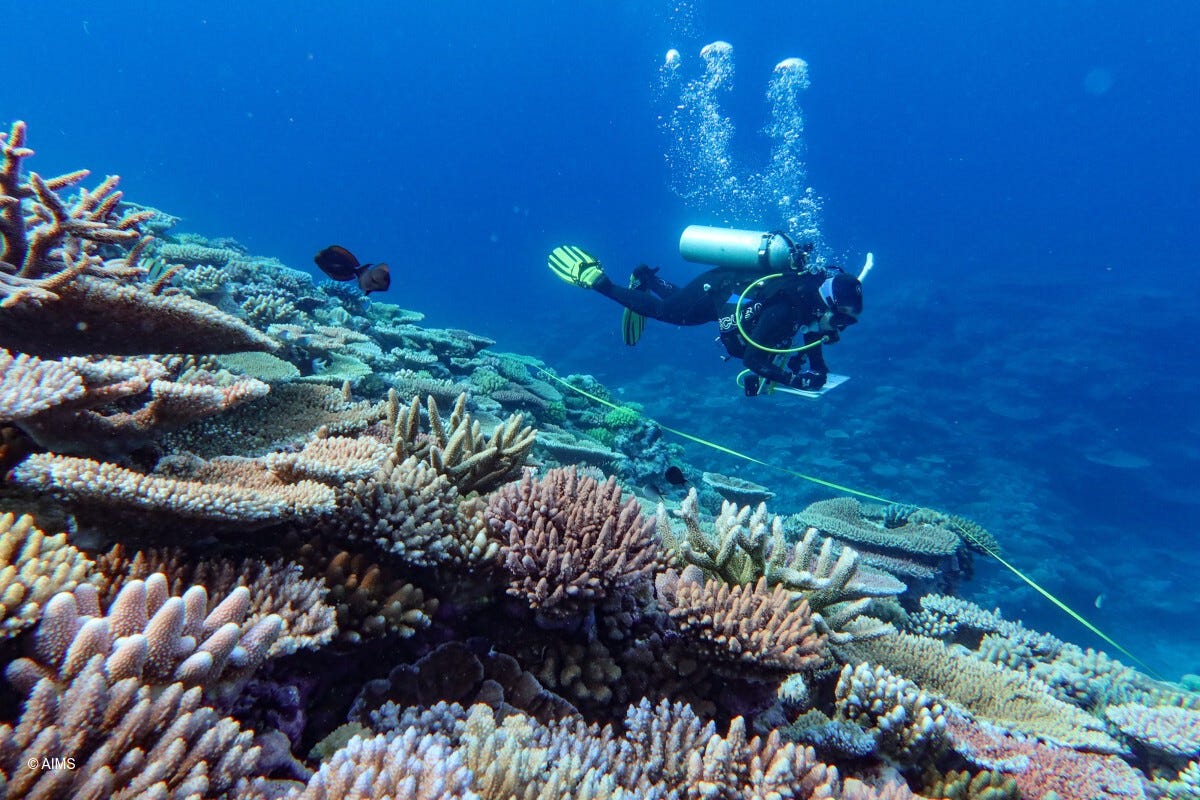Great Barrier Reef becoming more fragile
A 2025 survey finds a steep decline in coral cover across reef regions.

What’s Happening?
The Great Barrier Reef has recorded one of the most dramatic annual declines in coral cover in its 39-year monitoring history, according to the Australian Institute of Marine Science’s (AIMS) latest Long-Term Monito…



